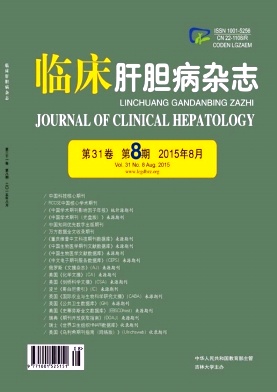Objective To provide a scientific basis for the prevention and early intervention of obesity and nonalcoholic fatty liver disease( NAFLD) in adolescents. Methods Anthropometric measurements,liver function test,and abdominal ultrasonography were performed in adolescents who received physical examination in our hospital from March to April,2012. Between- group comparison of continuous data was made by t test,and between- group comparison of categorical data was made by χ2test. The further multivariate analysis was performed by logistic regression analysis. Results A total of 4141 adolescents,including 2061 girls and 2080 boys,were enrolled in the study with an average age of 18. 62 ± 0. 66 years. Boys had significantly higher overweight and obesity rates than girls( χ2= 49. 5,P < 0. 01; χ2= 20. 4,P< 0. 01). The overall incidence of NAFLD in subjects was 8. 1%( 335 /4141),while the incidence of NAFLD in boys was significantly higher than that in girls( 13. 4% vs 2. 8%,χ2= 156. 4,P < 0. 01). The detection rate of NAFLD was the highest in obese subjects,followed by subjects with high body mass index( BMI) and subjects with normal BMI. Moreover,obese boys had a significantly higher detection rate of NAFLD than obese girls( 71. 6% vs 29. 0%,χ2= 56. 5,P < 0. 01). Among both boys and girls,BMI,body mass,alanine aminotransferase level,and aspartate aminotransferase level were significantly higher in the NAFLD group than in the non- NAFLD group( all P< 0. 05). Logistic regression analysis revealed that body mass and BMI were likely to be independent risk factors for NAFLD. Conclusion The prevalence of obesity and NAFLD in adolescents in Xi'an is not optimistic. For obese adolescents,healthy lifestyle,body mass control,and BMI reduction are important approaches for prevention of NAFLD.







 DownLoad:
DownLoad: